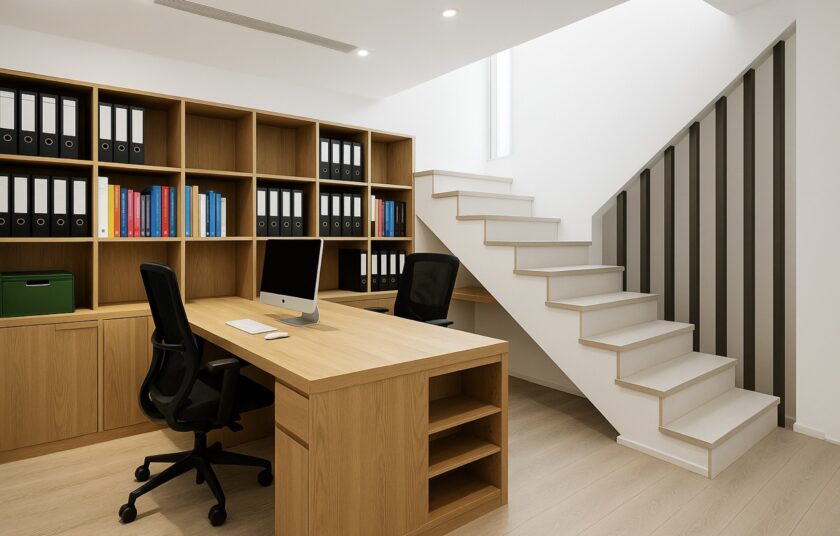Transforming Old Cellars into Home Workspaces and Studios

If you want your house to gain more functional space but there are certain planning restrictions to deal with, there is a way out. What about turning your house’s basement into something new and mesmerising? It’s a tempting idea, especially for those working remotely. Now is the time to learn how to make things work and create a dedicated workspace of your dreams.
Turning a Cellar into a Creative Studio: What to Know
If you don’t want to turn this process into a disaster because of your lack of knowledge and understanding of the principal rules of the game, seek professional help. With trusted residential architects in London, you can decide on the best strategies of how to reach the desired goal (in a budget-friendly manner, too). Before getting started, here are a few things to bear in mind.
Key Structural Considerations Before Renovating a Cellar
Start by defining what type of at-home office you are interested in — it will narrow down the palette of solutions and streamline your decision-making related to your soundproofing, lighting, and general layout needs. Insulation considerations aren’t less important than complying with the local laws and creating a safe space with load-bearing walls, stable flooring, the right height, insulation, and emergency exits.
Dealing with Damp and Ventilation Issues
Check humidity levels in your space to see what you are dealing with. Inspect your cellar to locate any signs of condensation and mould. The list of professional techniques to maintain the room’s comfort and warmth includes the following:
- the use of breathable materials for insulation purposes to avoid areas with damp sealed inside;
- upgrades related to your plumbing system, e.g., sump pumps for flood risk areas;
- installing dehumidifiers, which is especially practical and game-changing for older properties with minimal natural air circulation;
- introducing means of mechanical ventilation to the cellar, such as PIV systems;
- applying waterproof and membrane systems to the tank and securing the walls.
Your task is to make the cellar as moisture-resistant as possible. Thanks to these modern techniques and regular monitoring, you will enjoy the efficiency of your new workspace without any urgent redos and adjustments for longer.
Lighting Solutions for Naturally Dark Spaces
From this perspective, a lot of modifications are welcome:
- light-coloured finishes;
- mirrors and reflective surfaces;
- layered lightning systems;
- daylight LED panels, and so on.
The main objective is to ensure your soon-to-be office benefits from a smart combination of different lighting sources. It boosts the space’s functional flexibility and efficiency.
Tech and Connectivity Challenges Underground
During the planning stage, think about what equipment and installation tactics will assist in minimising the aftermath of a poor signal in your cellar. Mesh routers, multiple outlets, and backup power options shouldn’t be excluded from your list.
Layout and Design Ideas for Cellar Workspaces
That’s where you can ensure your space matches your individuality and needs the most. However, built-in storage, multipurpose furniture, and colour zoning can add more balance and functional hierarchy to the space.
Don’t hesitate to seek inspiration — real-life examples of cellars transformed into workspaces will help you understand your dos and don’ts in this matter. Of course, consult with professional architects at your favourite studio in London to avoid beginner-level mistakes at any stage of the renovation journey.
Spotted something? Got a story? Send a Facebook Message | A direct message on Twitter | Email: [email protected] Latest News










